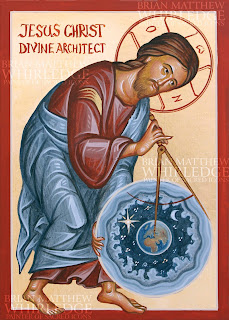Matka and Gracanica
Matka Canyon
A beautiful riverside walk takes one to the lovely little monastery church of Saint Andrew deep inside a narrow canyon near Skopje, North Macedonia. Thanks to a hydroelectric dam, the monastery is now just a little above the waterline. In the 14th dentury when it was built, it would have sit high up on a cliff.
This monastery church was frescoed in 1389. The brightly colored frescoes are in excellent condition. It is one of the dozens of monasteries and hermitages that clung to these canyon walls.
I did a few quick sketches during our time there.
Please bring me back so I can rent a kayak and paddle for miles up this beautiful canyon!
Gracanica Monastery
From Matka, we returned to Serbia to visit important monastic churches in the Serbian heartland of Kosovo and Metohija. Sadly our Russian friends could not join us. Complicated international politics prevented them from obtaining visas from the unreconized rogue Albanian government currently controlling Kosovo, so they continued to see more churches around Skopje.
Gracanica is an absolute masterpiece. It is one of the later churches frescoed by the masters Evtyches and Michael Astrapas. Their colors, brushwork, finesse, style, and craftsmanship matured greatly over the 25 years since their work in Perivleptos, Ohrid, which I saw yesterday. The proportions, drawings, forms, and paintings demonstrate absolute perfection.
Gracanica was built by King Milutin around 1318, and was frescoed over three years, from 1318-1321. Ever square inch of the church was covered in frescoes, and much of it survives. This church houses the third largest complex of medieval frescoes in the world. The frscoes are in an excellent state of presevation because the church has always been used. The 700 year old fresces were beautifully cleaned in the recent decades, and electric lights illuminate the frescoes.
We spent over an hour in the church before vespers. Pilgrims crowded into the church for vespers; there was standing room only. Tomorrow is a minor feast of the Archangel Michael (September 6 on the old calendar), so the service of Litya and Artoklasia was served. This service within vespers involves a procession, extra hymns, serving bread and wine, and anointing the faithful with blessed oil.
The masters perfected the use of color, well beyond any western painters until perhaps the Impressionists. Every color are natural mineral pigments, sourced from around the world. Copious amounts of ultramarine blue (literally, "from across the sea" since it came from distant Afghanistan). Lapis Lazuli was more rare and costly than gold.


















Comments
Post a Comment